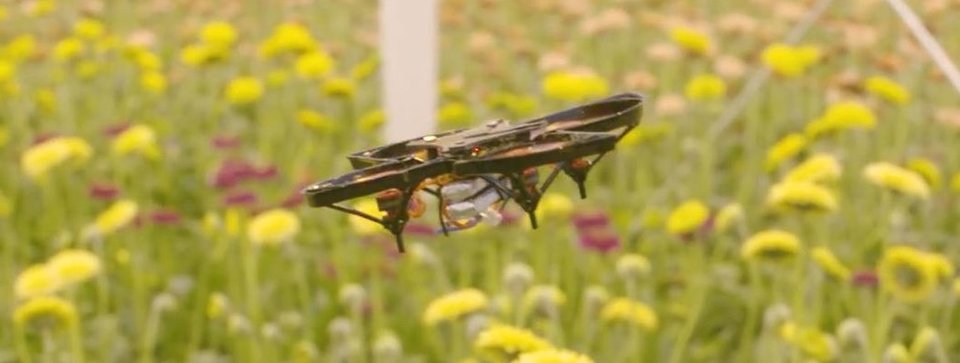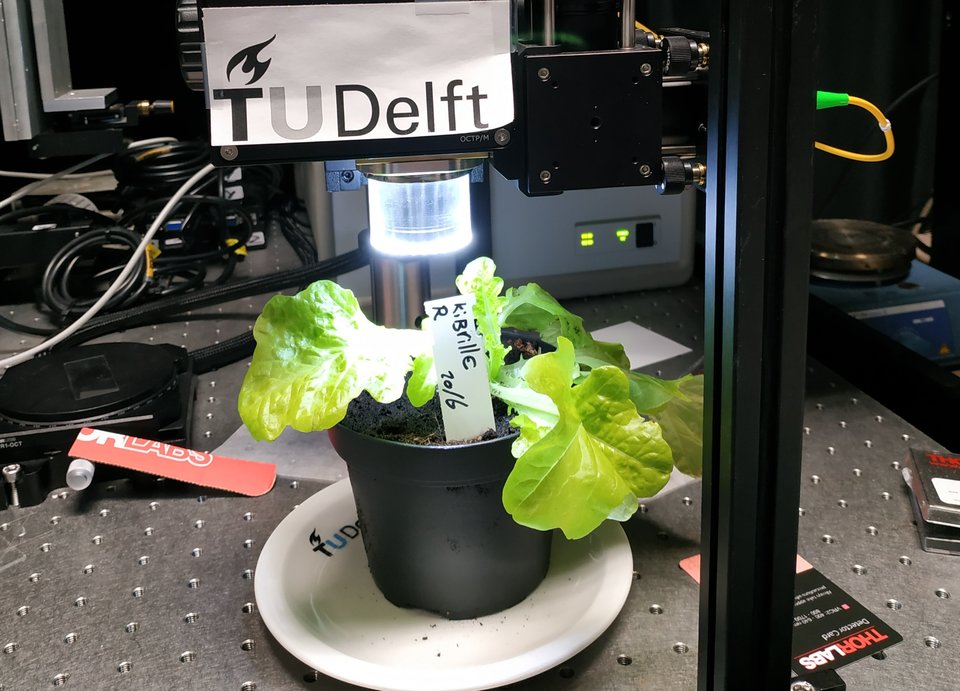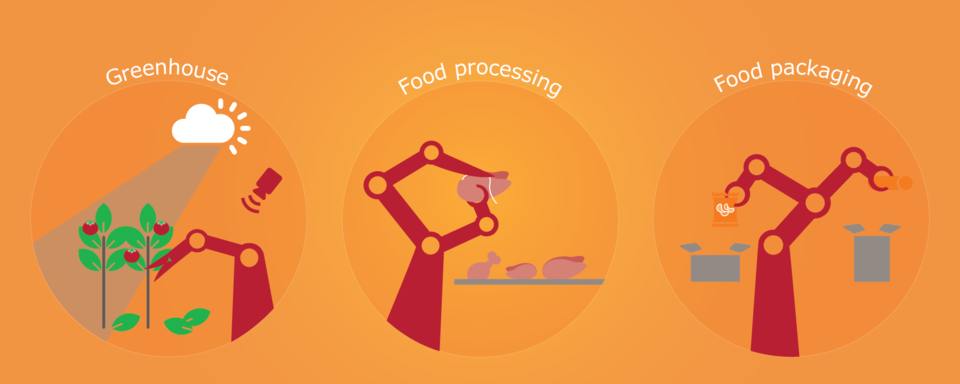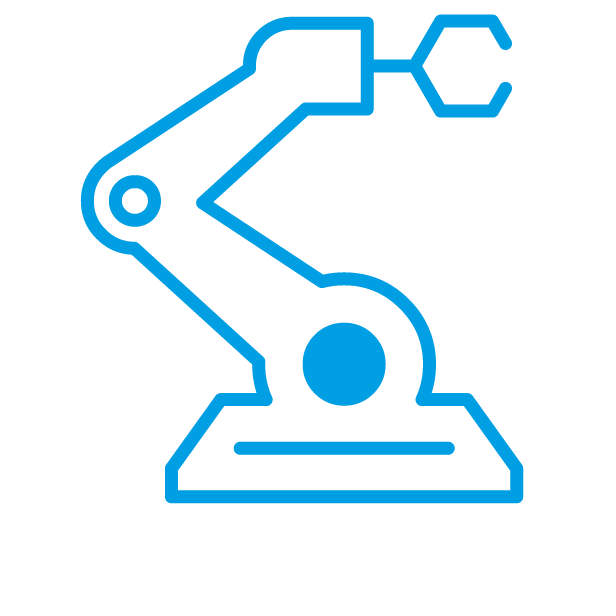Robotic Systems
Automatization and Control
Challenges
- How can robots deal with biological and environmental variability in agri- and horticulture?
- The How, Which, and Where of leveraging new and powerful autonomous robotic systems in the AgriFood industry
Background
- Technologies: Mechatronics, embedded Artificial Intelligence, Human-Machine Interaction, Ethics
- Research history: Establishment of TU Delft Robotics Institute, RoboValley, and various robotics spin-offs in the agricultural domain
Contributions
Autonomous robotic systems are being developed at a rapid pace, powered by progress in electronic systems and Artificial Intelligence (AI). Autonomous robots will be one of the most disruptive technologies in the 21st century. In the agricultural sector they will play a key role in the transition towards precision agriculture.
Autonomous robots will require high levels of autonomy in the relatively unstructured agricultural environments, with a high variability both in the crops encountered and in the environmental conditions. Furthermore, the robotic hardware will have to be designed to deal with the often harsh conditions outdoors, including high humidity, wind and rain. Also, robotic manipulation will have to reach new levels for interacting with vulnerable, natural and hence variable products, mushrooms and soft fruits.
Within the TU Delft AgTech Institute, we will leverage our knowledge and expertise in Robotics Systems to develop technologies for the agricultural sector. Low-cost robotic systems hold the potential to observe, analyze and treat crops in an unprecedented way at the individual plant level. An example project in this area is our use of autonomous drones for crop monitoring in greenhouses. Another example is the development of bio-inspired robotic harvesters for secure and gentle grip of vulnerable crops.









